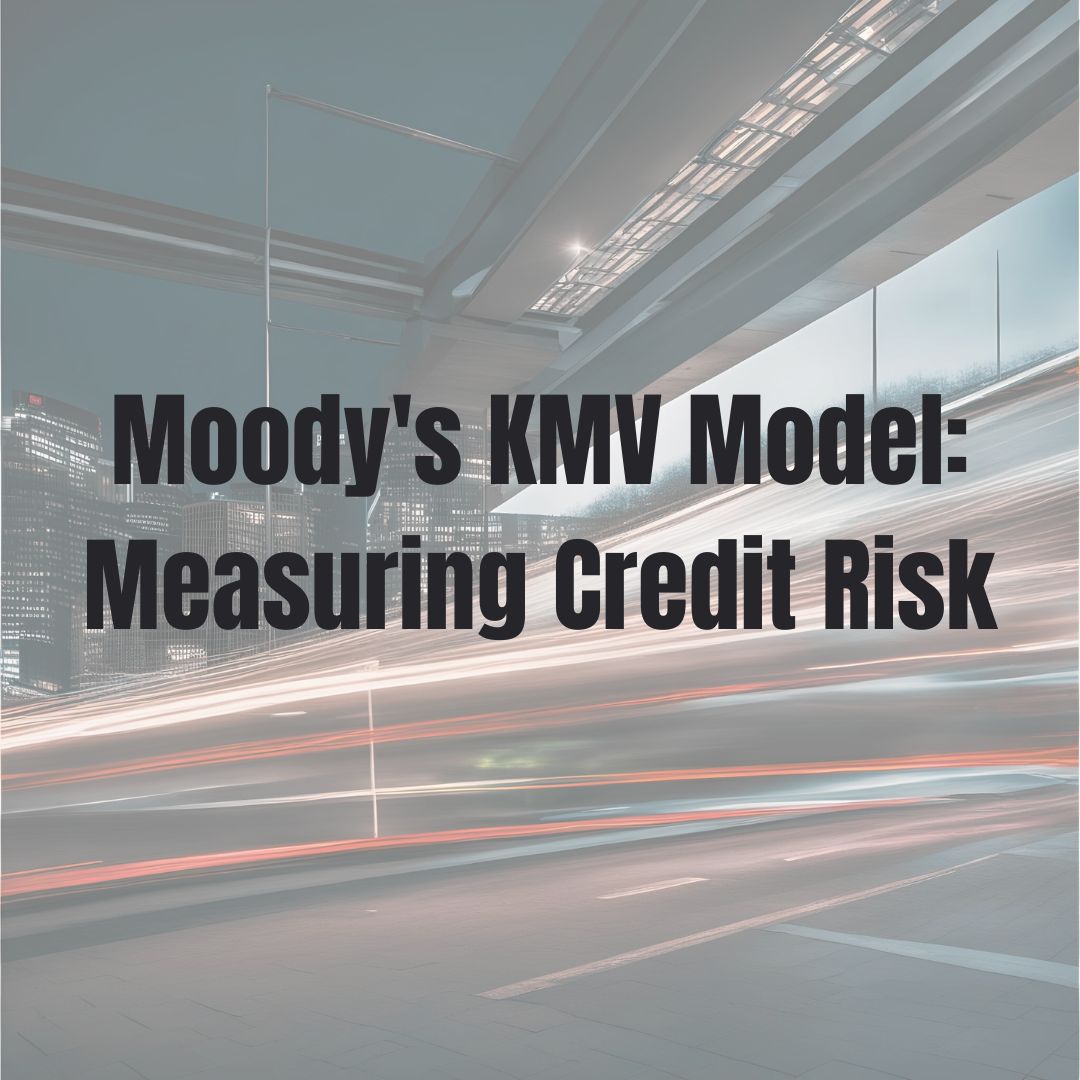Understanding the Moody’s KMV Model: Measuring Credit Risk
- 29 September 2023 | 2253 Views | By Mint2Save

Credit risk assessment is a fundamental aspect of financial management. Lenders and investors need to evaluate the likelihood of borrowers defaulting on their obligations. Over the years, various models and methods have been developed to quantify credit risk, and one of the prominent models in this domain is the Moody’s KMV Model. In this article, we will explore the Moody’s KMV Model, its history, key components, and its significance in the world of finance.
What is the Moody’s KMV Model?
The Moody’s KMV Model is a widely recognized and respected model for assessing credit risk in financial institutions and corporations. It was developed by Moody’s Analytics, a subsidiary of Moody’s Corporation, to provide a comprehensive framework for estimating the probability of default (PD) of individual borrowers or companies. The model aims to predict the likelihood of a borrower failing to meet its financial obligations within a specified time frame, typically over a one-year horizon.
The History of Moody’s KMV Model
The Moody’s KMV Model has its roots in the work of Dr. Robert Merton, a Nobel laureate in economics, and his colleagues. Dr. Merton’s research in the early 1970s contributed significantly to our understanding of option pricing and the relationship between a company’s equity value and its debt. This groundbreaking work laid the foundation for the development of the model.
The model’s evolution continued over the years, and it was officially introduced as the Moody’s KMV Model after Moody’s Corporation acquired KMV Corporation in 2002. The merger of Moody’s risk management expertise with KMV’s quantitative modeling capabilities resulted in a powerful tool for assessing credit risk.
Key Components of the Moody’s KMV Model
The Moody’s KMV Model consists of several key components that work together to estimate the probability of default for a borrower. These components include:
- Financial Ratios: The model analyzes a range of financial ratios and metrics, such as leverage ratios, profitability measures, and liquidity indicators, to assess the financial health of the borrower.
- Market Data: It incorporates market-based data, including stock prices, bond prices, and implied volatility, to capture the current market sentiment and expectations regarding the borrower’s creditworthiness.
- Credit Transition Matrices: The model uses credit transition matrices to model how a borrower’s credit quality is likely to change over time. These matrices are based on historical data and provide insights into credit migrations from one rating category to another.
- Default Probability Curve: Moody’s KMV Model generates a default probability curve, which represents the probability of default at various time horizons. This curve helps assess the risk of default over a specific period.
- Credit Risk Measures: The model calculates various credit risk measures, such as the Expected Default Frequency (EDF) and the Distance-to-Default (DD), which quantify the likelihood of default and the financial cushion available to absorb losses, respectively.
Significance of the Moody’s KMV Model
The Moody’s KMV Model holds significant importance in the financial industry for several reasons:
- Risk Management: Financial institutions use the model to assess and manage credit risk in their loan portfolios and investment holdings. It helps them make informed decisions about lending, pricing, and capital allocation.
- Regulatory Compliance: Regulatory authorities, such as the Basel Committee on Banking Supervision, recognize the importance of credit risk modeling. Many regulations require banks and financial institutions to use advanced models like Moody’s KMV for calculating capital requirements.
- Investment Decisions: Investors and asset managers rely on credit risk models like Moody’s KMV to evaluate the creditworthiness of bonds, loans, and other fixed-income securities. This information informs their investment decisions and risk management strategies.
- Credit Scoring: The model is used for credit scoring and rating assignment. It helps credit rating agencies and institutions assign credit ratings to borrowers based on their estimated default probabilities.
- Credit Portfolio Management: Moody’s KMV Model aids in the management of credit portfolios by identifying concentrations of risk, allowing for diversification, and optimizing risk-return trade-offs.
Critiques and Limitations
While the Moody’s KMV Model is a powerful tool for credit risk assessment, it’s not without its critiques and limitations:
- Data Reliance: The model heavily relies on historical data and market-based information. Therefore, it may not perform well during unprecedented economic events or extreme market conditions.
- Complexity: Implementing and maintaining the model can be complex and resource-intensive, particularly for smaller financial institutions or companies with limited data access.
- Assumptions: Like all quantitative models, the Moody’s KMV Model is based on certain assumptions that may not always hold true in the real world.
- Lack of Transparency: The model’s proprietary nature can lead to a lack of transparency, making it challenging for external parties to understand and validate its calculations.
- Human Judgment: Despite its quantitative approach, the model may not fully account for qualitative factors or emerging risks that require human judgment and expertise.
Conclusion
The Moody’s KMV Model plays a vital role in modern finance by providing a comprehensive framework for assessing credit risk. Its roots in the pioneering work of Dr. Robert Merton and the integration of quantitative modeling with market data make it a valuable tool for financial institutions, investors, and regulators. However, it is crucial to recognize its limitations and consider it as part of a broader risk management strategy. As the financial landscape evolves, the Moody’s KMV Model will continue to adapt and remain an essential component of credit risk assessment.
In summary, the Moody’s KMV Model is a powerful tool that contributes to informed decision-making and risk management in the world of finance. Its historical development, key components, and significance make it a cornerstone of credit risk assessment in the modern financial landscape.









